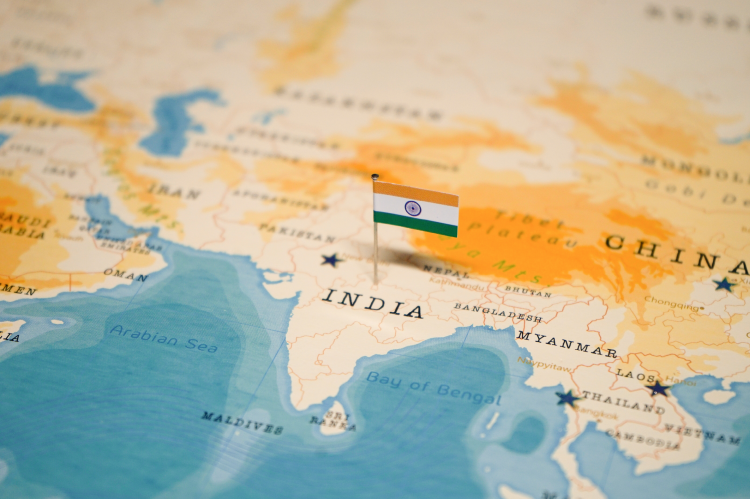India’s New Pipeline Tariffs Take Effect, Implementing New Tariff Hikes

India’s Petroleum and Natural Gas Regulatory Board’s new tariffs for transporting petroleum products through older pipelines have taken effect today (August 1, 2024), replacing a system in place since December 2010.
The changes, announced by the Board on July 26, include a 17% tariff hike for older pipelines and a 3.4% annual escalation for the next fiscal year.
The board said the new regulations aim to create a more stable financial environment for pipeline operators and attract investment in the infrastructure.
Previously, the PNGRB relied on railway tariffs to set pipeline rates, but those have not been updated since 2018. The new rules introduce an independent benchmark for pipeline tariffs based on various pipeline categories.
According to the new regulation, pipelines that began operating before 2010 will receive a one-time increase in the existing 75% railway freight tariff, which will be valid until March 2025.
Afterward, an annual escalation based on the wholesale price index will apply, and operators will be allowed to use a discounted cash flow method based on replacement or expansion costs.
Pipelines that began operating after 2010 will use the discounted cash flow method with a 12% post-tax return on capital employed, mirroring the approach for natural gas pipelines.
Additionally, bid-out pipelines with a predetermined tariff for the first 10 years will use the discounted cash flow method with a 12% return on the remaining economic life after that period.
The tariff increase is expected to benefit pipeline owners such as Indian Oil Corp., Reliance Industries Ltd., GAIL (India) Ltd., Hindustan Petroleum Corp. and Bharat Petroleum Corp. However, companies that rely on the pipelines for transportation will face higher costs.
